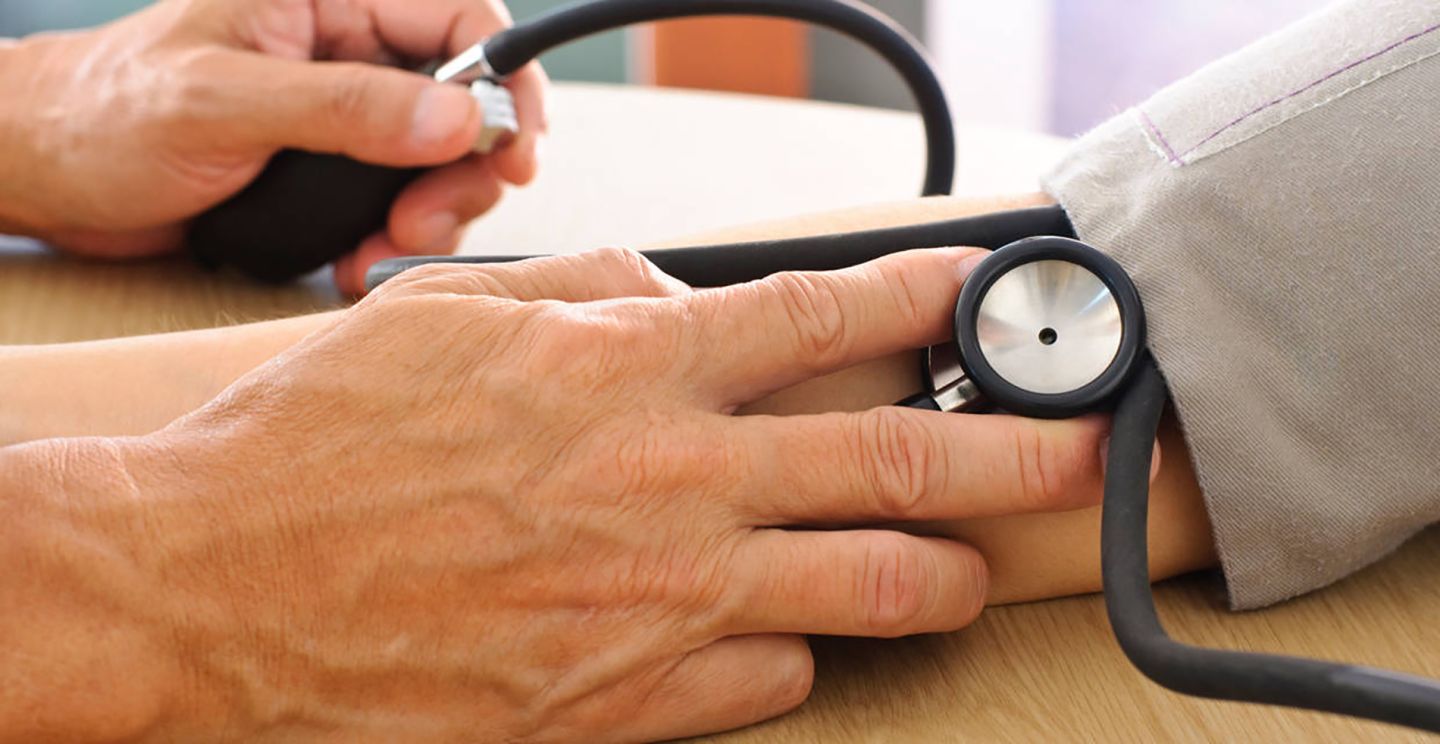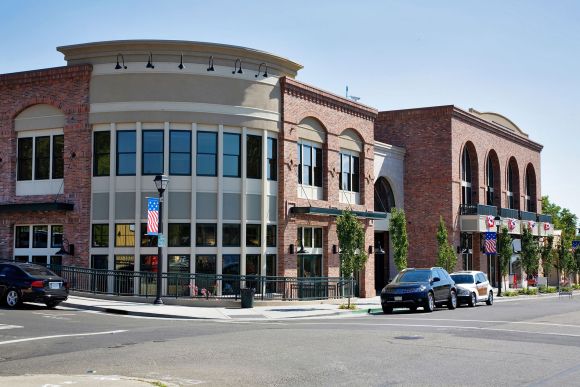Due to an increasing population of insured consumers, a shortage of primary care physicians, and the high costs and long wait times associated with emergency room visits, the urgent care industry has grown into a force to be reckoned with.
And as the urgent care market matures, it’s shedding its doc-in-a-box persona and evolving to meet consumers’ desire for a greater level of convenience – from extended operating hours and walk-in appointments to new service offerings.
However, despite its market influence, the urgent care industry is still highly fragmented.
Related: Why Strategic Site Selection Matters in Urgent Care
This fragmentation has led to some noticeable trends that will undoubtedly affect the healthcare industry as a whole.
Among the most notable are:
- Health Systems Move Into Urgent Care: health systems have realized that urgent care isn’t going away. So, instead of directly competing with urgent care clinics, health systems are acquiring or partnering with urgent care groups to reduce the level of competition and to serve as a funnel for offering specialty care. Health systems are also building their own branded urgent care clinics like Tenet Healthcare and MedPost Urgent Care.
- Insurance Companies & Medical Groups Acquire Urgent Care Clinics: significant investments, especially among private equity firms, into urgent care clinics have caught the attention of insurance companies – especially after Concentra was acquired by Humana in 2010. Insurance companies view urgent care as a solid investment choice as urgent care clinics help to reduce the overall healthcare costs for both insurance payers and patients by offering more affordable services.
- Large Urgent Care Organizations Merge With Small Urgent Care Groups: larger urgent care chains are acquiring individually owned centers to better compete against health systems. Mergers and strategic partnerships between urgent care entities based on service offerings and regional needs will provide greater financial security and a more stable patient base.
- Diversification of Services: patients are changing and so are the services they want. As a result, urgent care has evolved past just offering immediate care. Recognizing the need for diversified services, urgent care clinics are offering additional services for non-acute or continuing care needs. In essence, urgent care is becoming a type of primary care for many of its patients.
Given the staggering amount of competition, urgent care organizations will continue to look for ways to separate themselves from the crowd.
M&A activity and service diversification are certainly differentiation opportunities; however the most innovative urgent care organizations are pioneering the use of patient analytics to gain an advantage.
Patient analytics can provide powerful tools that enable existing facilities to reach their full potential. They can forecast visits at existing and potential new facilities, identify the specific households to target in marketing campaigns and determine what specialties to offer at each location.
The Bottom Line
Smarter urgent care organizations are moving toward a data-driven approach, using patient analytics to provide a potential analysis, profiles of their current and prospective patients, and a growth plan to optimize their footprints.
As your urgent care organization faces the challenges of a progressively crowded marketplace, patient analytics can help you stand out with a sharper view of your patients.
If you’re interested in learning more and exploring new growth avenues, reach out to us. We can help you get to where you want to go.


